Stellantis Is Recalling 4,129 Tonale and Hornet PHEVs
Not Properly Tightened Cable, Could Cause Fire...
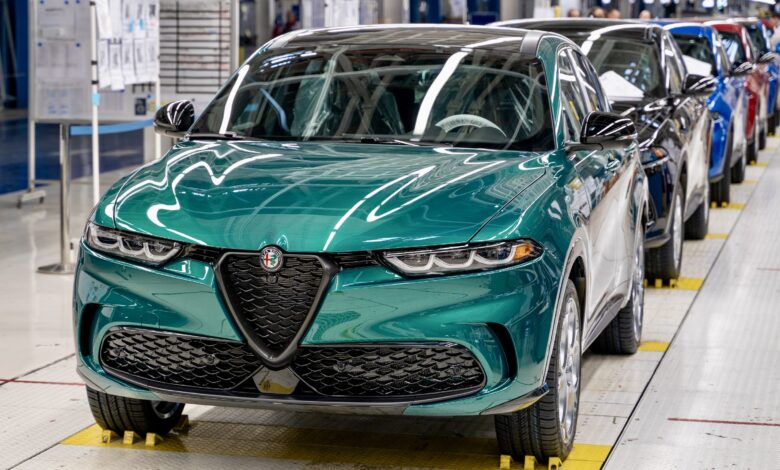
Stellantis (FCA US, LLC) has issued a recall for approximately 4,129 units of their newly introduced 2023 to 2024 Alfa Romeo Tonale (GC) and Dodge Hornet (GG) plug-in hybrid electric vehicles (PHEVs) in the United States. The reason for this recall is a potential issue with the 12-volt battery positive cable and/or the high-voltage connector cable, which may not have been properly tightened during the manufacturing process.
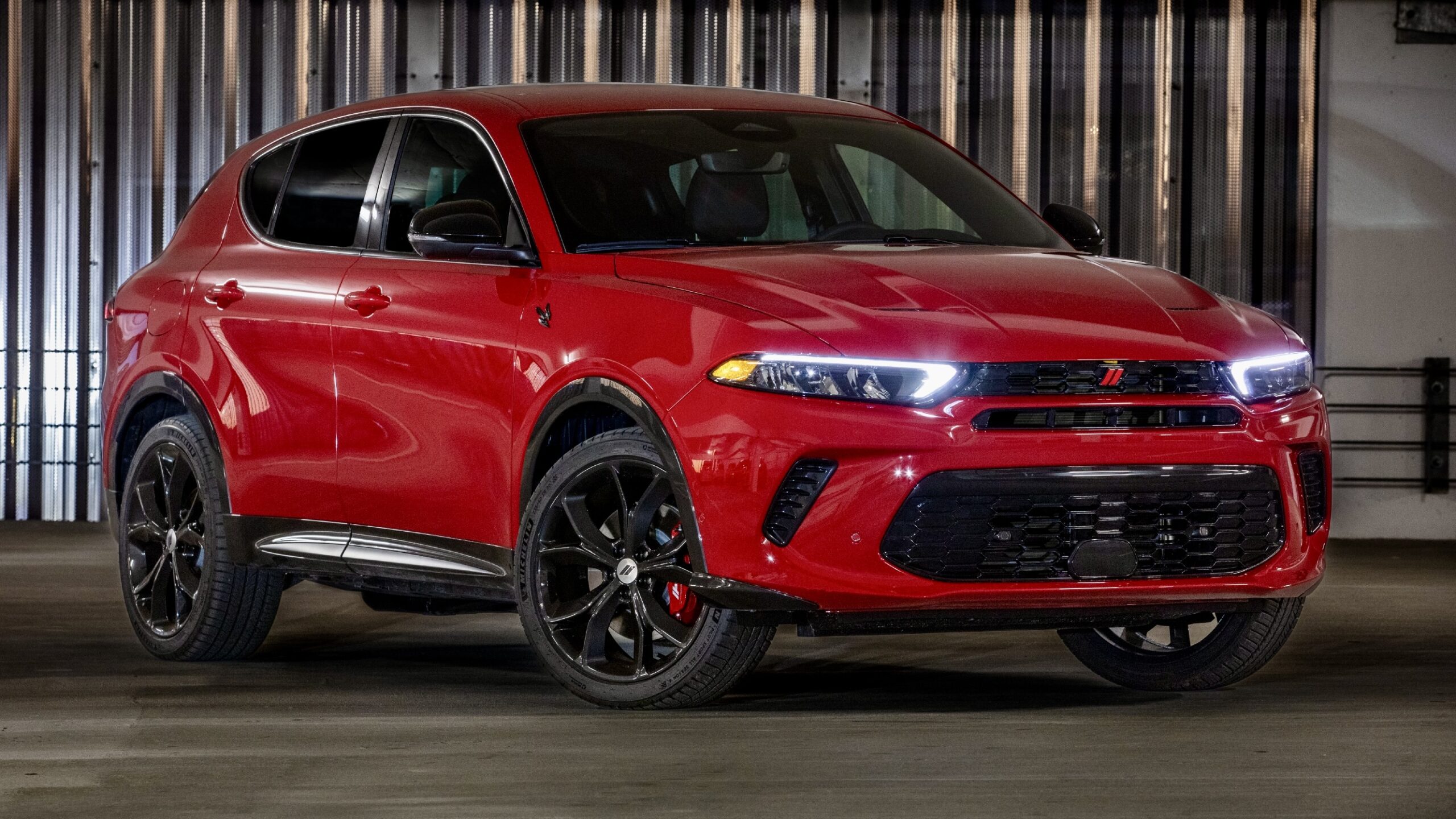
Specifically, the Integrated Dual Charging Module (IDCM) on these vehicles may have a loose 12-volt battery positive cable and two high-voltage connector nuts with grounds that were either missing or incorrectly torqued on a total of approximately 5,326 vehicles. This issue could result in high resistance within the connection to the IDCM, potentially leading to a vehicle fire, regardless of whether the ignition is on or off. Such a fire poses a significant risk of harm to vehicle occupants, pedestrians, and property.
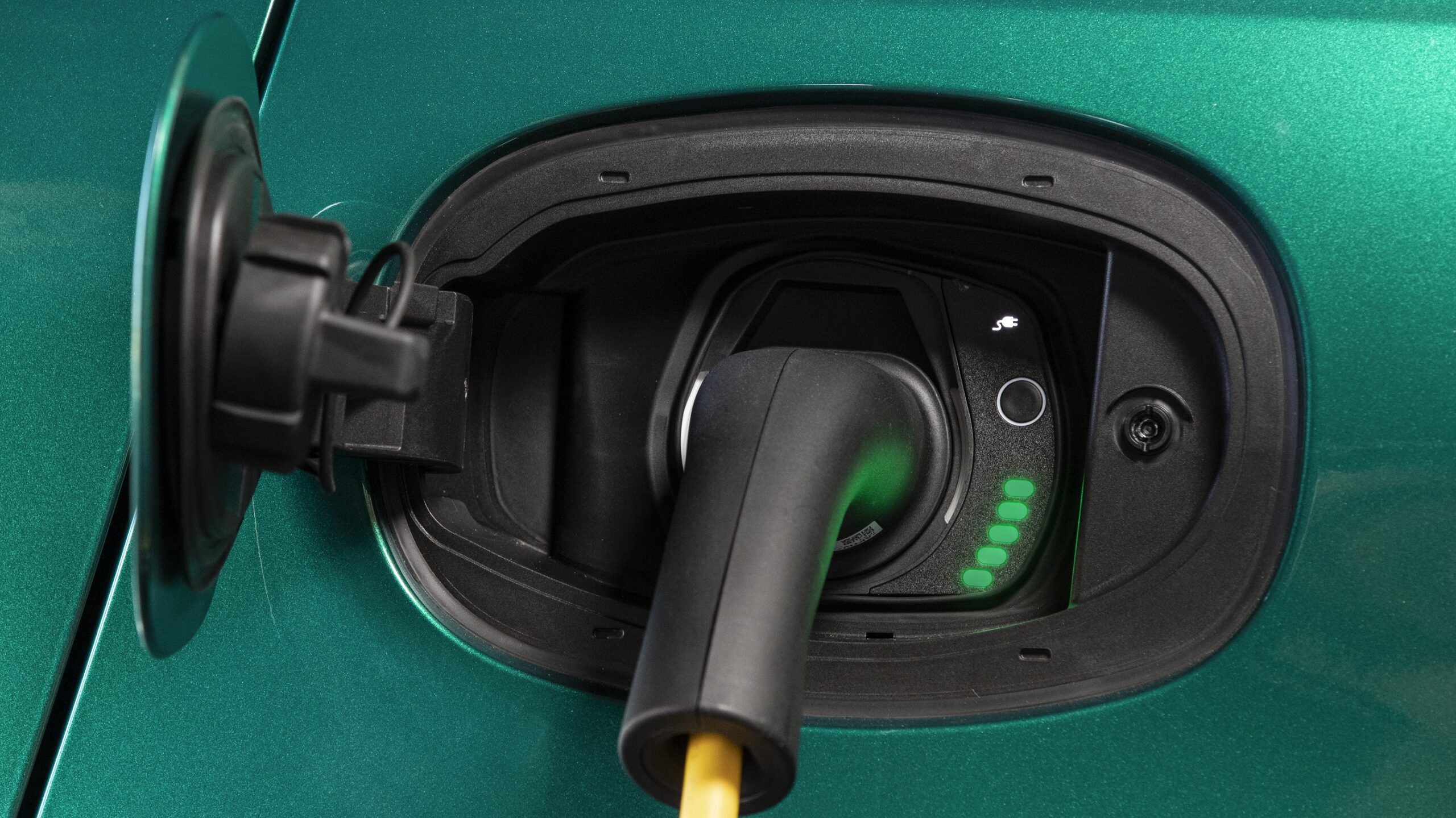
As a precautionary measure, customers are strongly advised not to park these affected vehicles inside buildings or structures or in close proximity to other vehicles until the necessary repairs have been completed.
Models Affected –
- 2023 to 2024 Alfa Romeo Tonale – Built between Feburary 9th, 2023 to August 23rd, 2023 – 1,875 units
- 2023 to 2024 Dodge Hornet – Built between December 13th, 2023 to August 23rd, 2023 – 2,254 units
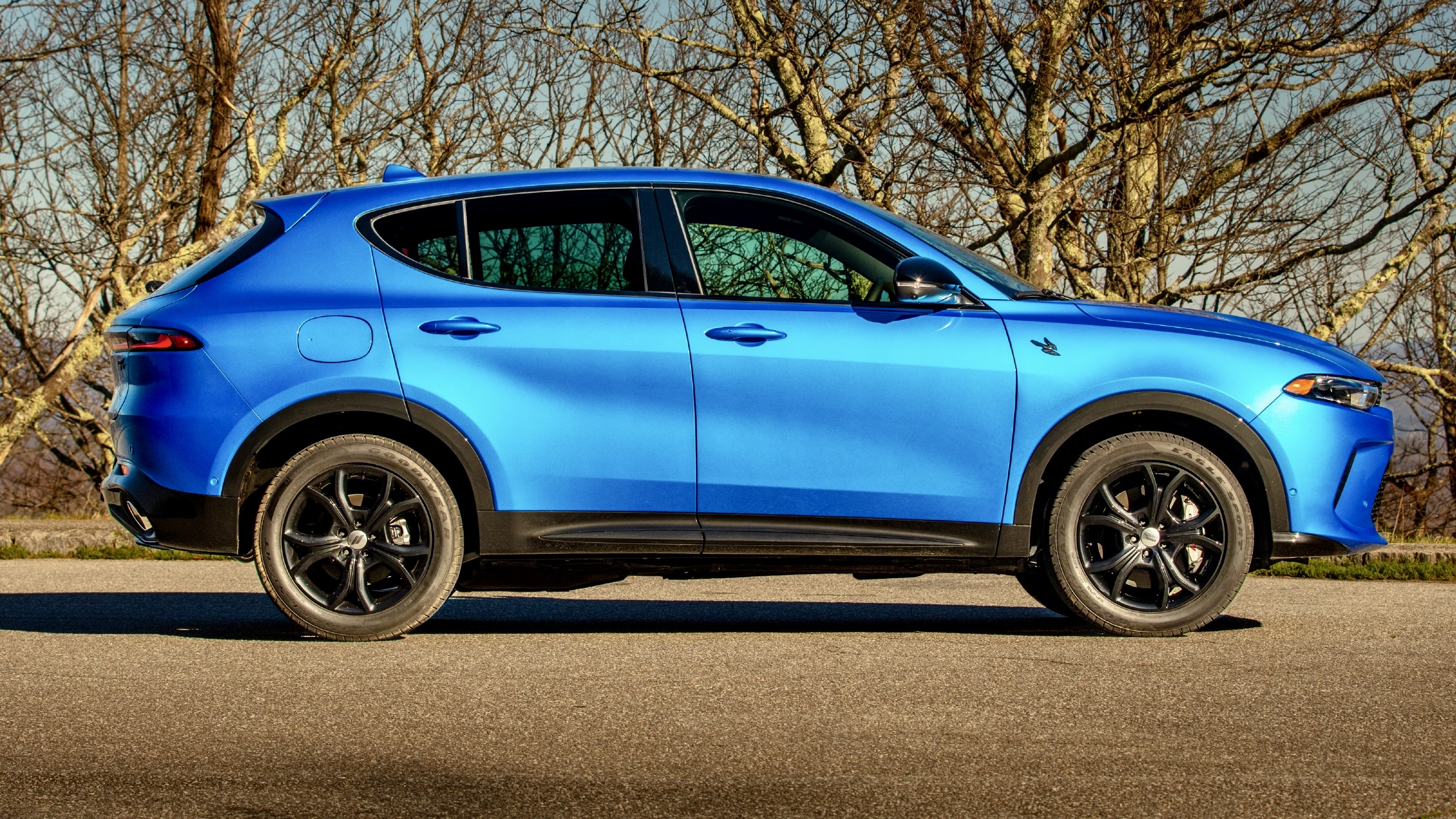
Recall Chonology –
- On August 23rd, 2023, the Stellantis Europe S.p.A. Customer Experience (“CX”) organization opened an investigation as a result of an assembly plant report checking presence and torque of the IDCM positive battery cable nut.
- From August 23rd, 2023, through August 29th, 2023, Stellantis Europe S.p.A. CX reviewed production data, met with engineering to understand the design and history, and reviewed torque traceability data.
- On August 24th, 2023, the Pomigliano plant issued a corrective action by updating the wireless screwdriver and adding results tracking to their manufacturing execution system.
- As of August 30th, 2023, Stellantis Europe S.p.A. is aware of zero customer assistance records, zero warranty claims, and two field reports potentially relating to this issue for all markets with dates of receipt ranging from July 18th, 2023, through August 14th, 2023.
- As of August 30th, 2023, Stellantis Europe S.p.A. is not aware of any accidents or injuries potentially relating to this issue for all markets.
- On August 30th, 2023, Stellantis Europe S.p.A. determined, through the Vehicle Regulations Committee, to conduct a voluntary safety recall of the affected vehicles.
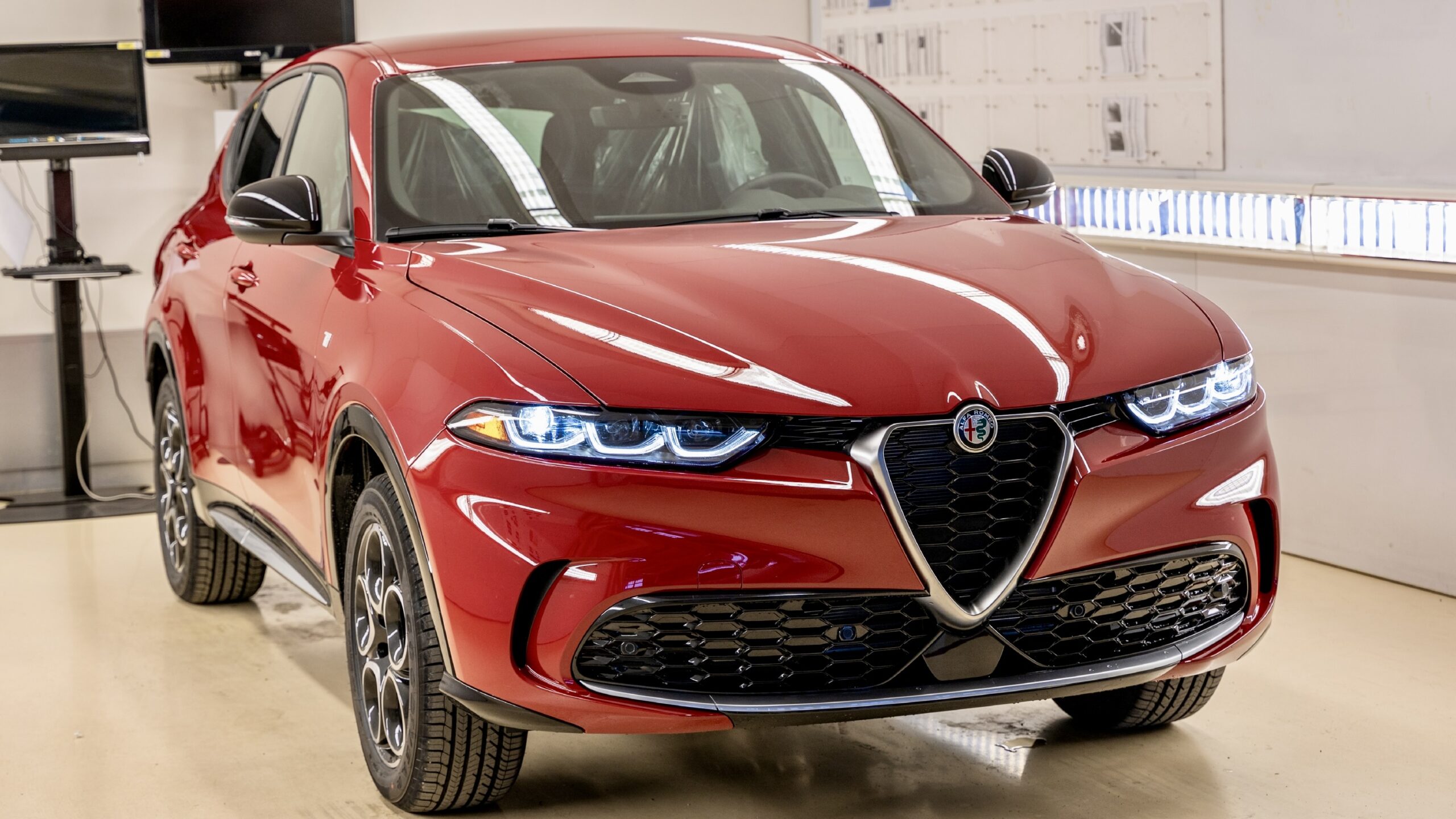
Dealers will inspect and tighten the cable connections as necessary, free of charge. Owner notification letters are expected to be mailed before October 27th, 2023. Owners may contact FCA US, LLC customer service at 1-800-853-1403. FCA US, LLC’s number for this recall is 98A.
Owners may also contact the National Highway Traffic Safety Administration (NHTSA) Vehicle Safety Hotline at 1-888-327-4236 (TTY 1-800-424-9153), or go to www.nhtsa.gov.

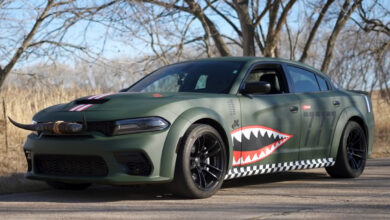
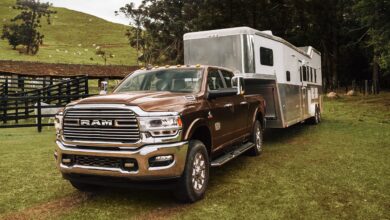
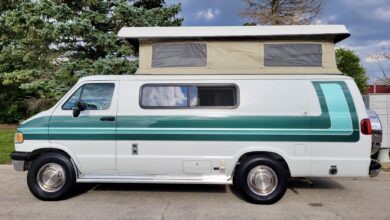
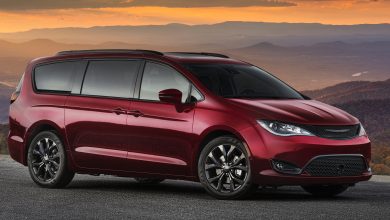
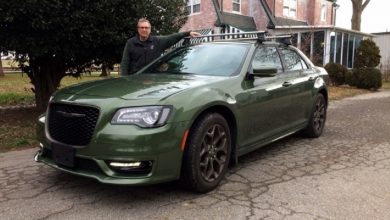
No replies yet
Loading new replies...
Join the full discussion at the Mopar Insiders Forum →